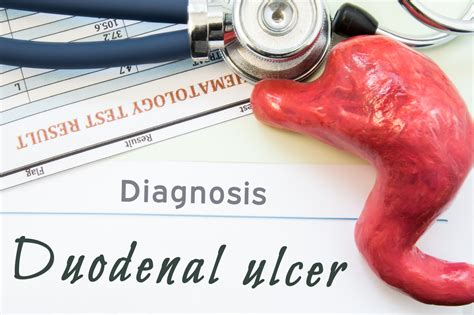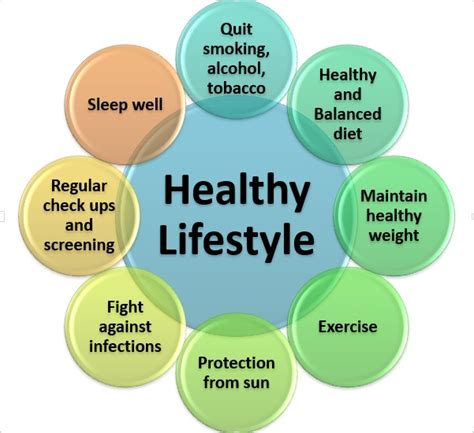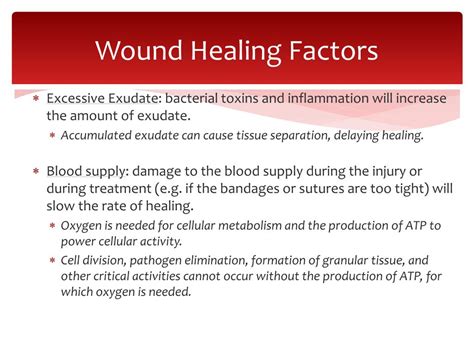Intro
Heal duodenal ulcers with 5 effective ways, reducing stomach acid and inflammation, promoting digestive health and relieving symptoms through natural remedies and medical treatments.
The duodenal ulcer, a common health issue affecting millions worldwide, is a type of peptic ulcer that occurs in the duodenum, the first part of the small intestine. This condition is often characterized by stomach pain, bloating, and discomfort, significantly impacting the quality of life for those affected. Understanding how duodenal ulcers heal is crucial for developing effective treatment strategies and improving patient outcomes. The healing process of duodenal ulcers involves several mechanisms and can be influenced by various factors, including medical treatment, lifestyle changes, and the body's natural repair processes.
The importance of understanding duodenal ulcer healing cannot be overstated. It not only helps in the development of more effective treatments but also in preventing recurrence and complications. For individuals suffering from duodenal ulcers, knowing the ways in which their body can heal and how they can support this process can provide hope and empowerment. Moreover, advancements in medical science have led to a better understanding of the healing mechanisms, offering new avenues for treatment and management.
Duodenal ulcers result from an imbalance between the protective factors of the duodenal mucosa and the aggressive factors, such as acid and pepsin. The healing of duodenal ulcers is a complex process that involves several steps, including the cessation of acid secretion, protection of the ulcer site, and the regeneration of the mucosal lining. Various factors can influence this process, including the presence of Helicobacter pylori infection, the use of nonsteroidal anti-inflammatory drugs (NSAIDs), and the overall health of the individual.
Introduction to Duodenal Ulcer Healing

Medical Interventions for Healing
Medical interventions play a critical role in the healing of duodenal ulcers. These interventions are designed to reduce acid production, protect the ulcer site, and eradicate H. pylori infection if present. PPIs are among the most commonly used medications for treating duodenal ulcers. They work by inhibiting the production of stomach acid, thereby reducing the acidic environment that can hinder the healing process. Additionally, antibiotics are prescribed when H. pylori infection is diagnosed, as this bacterium is a common cause of duodenal ulcers.Role of Lifestyle Modifications

Natural Healing Processes
The body has natural healing processes that contribute to the recovery from duodenal ulcers. The mucosal lining of the duodenum has the ability to regenerate itself, a process that can be supported by adequate nutrition, including foods rich in vitamins and minerals. Furthermore, the production of mucous and bicarbonate by the duodenal mucosa helps protect the ulcer site from acid, facilitating the healing process.Factors Influencing Healing

Complications and Recurrence
Understanding the potential complications and the risk of recurrence is essential for managing duodenal ulcers effectively. Complications such as bleeding, perforation, and obstruction require immediate medical attention and can significantly impact the healing process. The risk of recurrence can be reduced by successfully eradicating H. pylori infection, avoiding NSAIDs, and making long-term lifestyle modifications.Supporting the Healing Process

Future Directions in Treatment
The future of duodenal ulcer treatment holds promise with ongoing research into new therapeutic options. Advances in drug therapy, including the development of more effective PPIs and antibiotics, are expected to improve healing rates and reduce recurrence. Additionally, alternative therapies such as probiotics and certain herbal remedies are being explored for their potential in supporting the healing process and preventing complications.Conclusion and Next Steps

For those interested in learning more about duodenal ulcers and their treatment, there are numerous resources available, including healthcare provider consultations, patient support groups, and online educational materials. By engaging with these resources and staying informed, individuals can take a more active role in their health care and make informed decisions about their treatment options.
What are the common symptoms of duodenal ulcers?
+Common symptoms of duodenal ulcers include stomach pain, bloating, discomfort, and nausea. The pain is often described as burning or gnawing and may be relieved by eating or worsened by hunger.
How are duodenal ulcers diagnosed?
+Duodenal ulcers are typically diagnosed using endoscopy, which involves the insertion of a flexible tube with a camera into the stomach to visually inspect the duodenal lining for ulcers. Other diagnostic tests may include blood tests to check for H. pylori infection and upper gastrointestinal series.
Can duodenal ulcers be prevented?
+While not all duodenal ulcers can be prevented, certain measures can reduce the risk of developing them. These include avoiding NSAIDs, quitting smoking, limiting alcohol consumption, and managing stress. Regular check-ups with a healthcare provider can also help in early detection and treatment.
